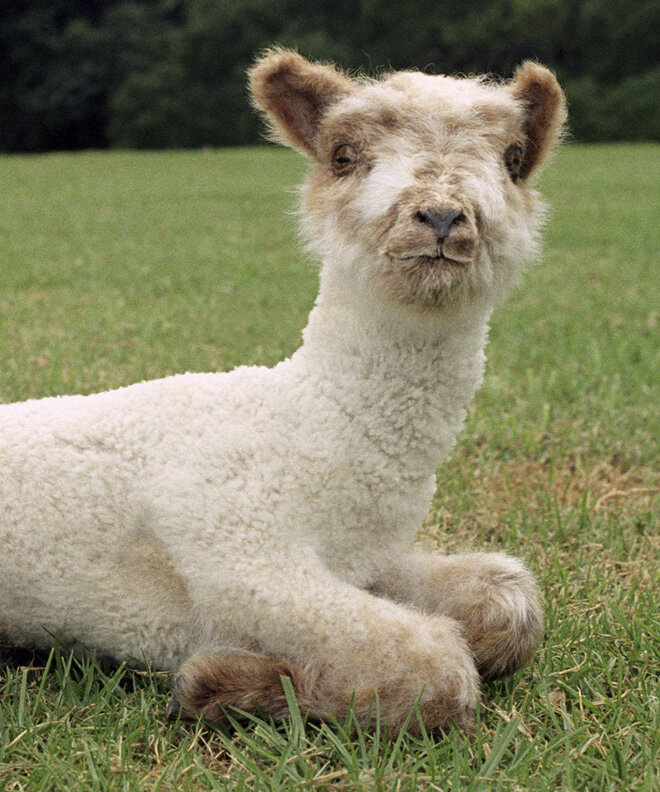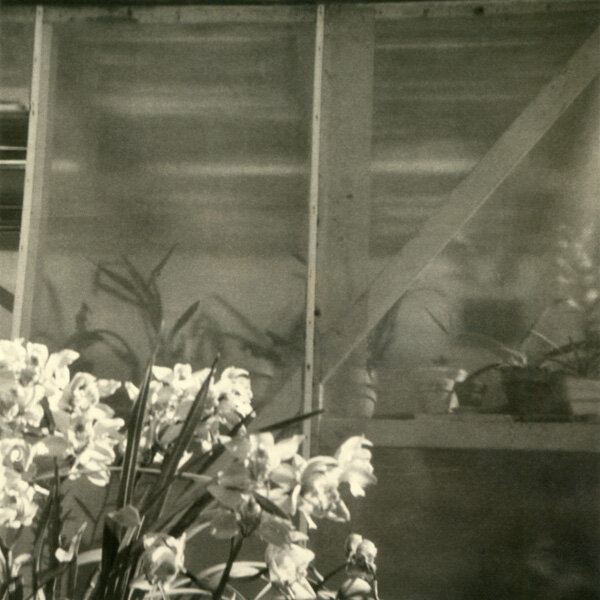Another Green World
Michael Hirschfeld Gallery, City Gallery Wellington.
30 April–23 May 2004

















Moving image stills



Gallery Text
Humorous and playful, Jenny Gillam’s exhibition Another Green World is instantly appealing with its lambs, bunnies and Scottie dogs. Gillam’s aesthetic is deliberately kitsch, nostalgic and cute. As we look beyond the bright glossy finish of her photographs, however, we notice that some things are not quite right: the lambs aren’t so cute and cuddly when we realise that they are in fact taxidermied. In Another Green World, Gillam alerts us to the ways in which nature is perceived and represented through photographic images.
The various parts of Gillam’s Another Green World are a selection of found, made and digitally altered photographic images from New Zealand, Toyko and Australia. Her practice has frequently involved the re-interpretation of existing, or ‘found’, photographic images. As Gillam explains: ‘The process of documenting the world and the reasons people have for doing this interests me. Found photographs are as much about the possible intentions of the photographer, as the actual content of the photography. I’m intrigued by the reasons why the photograph was taken: was it a casual snapshot, a tourist photograph, or something else? This history adds a further layer of meaning to the work.’
Although this exhibition brings together a number of different elements, they have been selected to form a single installation. Another Green World, Gillam says, is one work; ‘The relationship of the images to one another is very important.’ Placed side by side, these images reflect on the role of nature in our everyday lives. ‘In Western culture our sense of nature is… so domesticated, controlled, or several steps removed’, says Gillam. Here the artist draws our attention to the ways in which we experience nature on a daily basis through animals, toys, food, hobbies, gardens and parks.
Another Green World touches on topical issues such as genetic engineering, genetic modification, battery farming and animal welfare, but does so with refreshing lightness and sincerity. Gillam points out that when ‘an issue is politicized as GE is at the moment, … it may be that the debate becomes more about politics and the everyday realities are lost’. She is interested in the genteel history of GE and the ways in which our hobbies have embraced it. For example, the breeding of the Scottish terriers that appear in one of the three video components, is dependant on human intervention (they must be born by Caesarian section); yet they remain a very popular choice among pet owners (including Gillam’s own family). As she says, although ‘human manipulation of nature and animals is definitely a theme...[in Another Green World, it is] not to be read completely negatively. We gain a lot of enjoyment from these interactions and manipulations.’
Many of the images here appear kitsch and somewhat old fashioned, an effect deliberately created by Gillam, who believes that the nostalgic aesthetic ‘suggests an element of threatened innocence or a sense of loss. This allows the fondness for my subjects to become evident. Photography also has an inherent nostalgia; people take photographs to record a time and place, a single moment which will never exist again.’ Gillam is not trying to create a fantasy or an ideal past; nor is she interested in forcing viewers to critically examine the past for errors and lapse of judgment. Instead, through re-presenting these images in ways that engage and delight, as well as inform, Gillam encourages us to re-examine the ways in which we experience nature in our own lives.